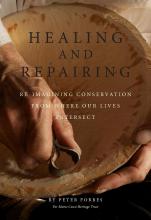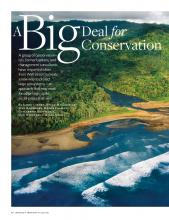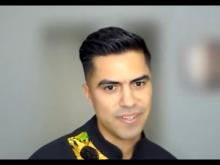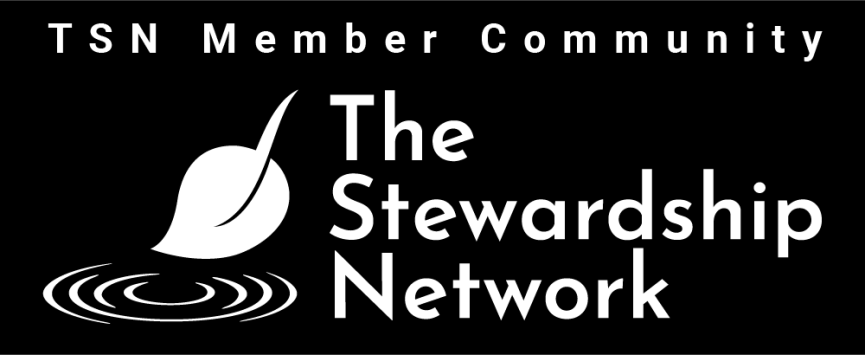Healing and Repairing – Re-Imagining Conservation From Where Our Lives Intersect
- Details
-
Healing and Repairing is a joint project with Maine Coast Heritage Trust to offer observations on a moment when much is evolving in the relationship between people and place in Maine, and to share an essay that respectfully stretches and encourages the hearts and minds of those who care about both. The audience for this essay is people everywhere who think, work and devote their lives to healthy soils, forests, oceans and people. This is a story mostly about Maine; hopefully people from other places will be able to see themselves and their situations within this story.
Catalysts for Conservation: Exploring Behavioral Science Insights for Natural Resource Investments
- Details
-
Scientific complexities and uncertainties, interconnections, and the need to coordinate across jurisdictions and scales challenge our ability to address environmental issues. These challenges and their solutions are linked to the attitudes, choices, and actions of individuals, families, communities, businesses, lawmakers, and nations. This report summarizes insights from multiple social and behavioral science research disciplines to shed light on environmental attitudes and corresponding behaviors. We define environmental behavior as the decisions and choices that (a) affect the efficient and effective use of natural resources; (b) reduce waste (energy, water, material, and so on); (c) reduce pollution; and (d) facilitate the management of terrestrial and marine ecosystems to restore, enhance, or preserve these ecosystems, their functions, and interconnected biodiversity.
Breaking Barriers, Building Bridges: Collaborative Forest Landscape Restoration Handbook
- Details
-
Collaborative landscape-scale forest restoration on federally managed lands is an exciting, new public process designed to rescue dry, frequent-fire forest ecosystems through land management actions supported by science and social agreements. Such a complex, multi-perspective undertaking involves individuals, communities, organizations, federal and state agencies, and tribes. This handbook aims to serve as a bridge to the many individual and institutional barriers that collaborative groups may encounter in the process.
What is Urban Environmental Stewardship? Constructing a Practitioner-derived Framework
- Details
-
The U.S. Forest Service in the Pacific Northwest region has placed increasing focus on the stewardship of natural resources in urban settings. Stewardship has been described and defined in diverse ways within a variety of contexts, including the philosophical literature of environmentalism, agency program descriptions, and outreach by sponsoring organizations. Constructing a framework to convey the layered meanings of stewardship will help to focus and guide future research.
A cognitive mapping technique was used to elicit responses to the question “What is environmental stewardship?” Semi structured interviews were conducted with representatives of nine Seattle environmental organizations, a group of practitioners who collectively represent over 100 years of experience in the field.
A Big Deal for Conservation
- Details
-
A group of conservationists, former bankers, and management consultants have imported ideas from Wall Street to create a new way to protect large ecosystems—an approach that may work for other large-scale social projects as well.
Removing Barriers to Restoration
- Details
-
Secretary Nichols asked the Task Force to examine four of the most common barriers— the regulatory review process, public funding bottlenecks, personal liability issues, and endangered species/private property issues. The Task Force discussed these barriers from both the landowners’ and the regulators’ points of view, reviewed existing efforts to resolve them, and brainstormed other possible solutions to create incentives and motivate people to do this important conservation work, or perhaps more importantly, to remove the disincentives and barriers for those who already have the desire. The Task Force recommends ten different actions that could reduce these barriers and encourage restoration activities.
Equity Leader Speaker Series: Moisés Moreno-Rivera
- Details
-
On August 30, we were joined by Moisés Moreno-Rivera, Assistant Secretary for Equity and Environmental Justice at California Natural Resources Agency. Over the course of an hour, Moisés and moderator José González talked about his vision for California and the experiences that shape his approach to the work.







